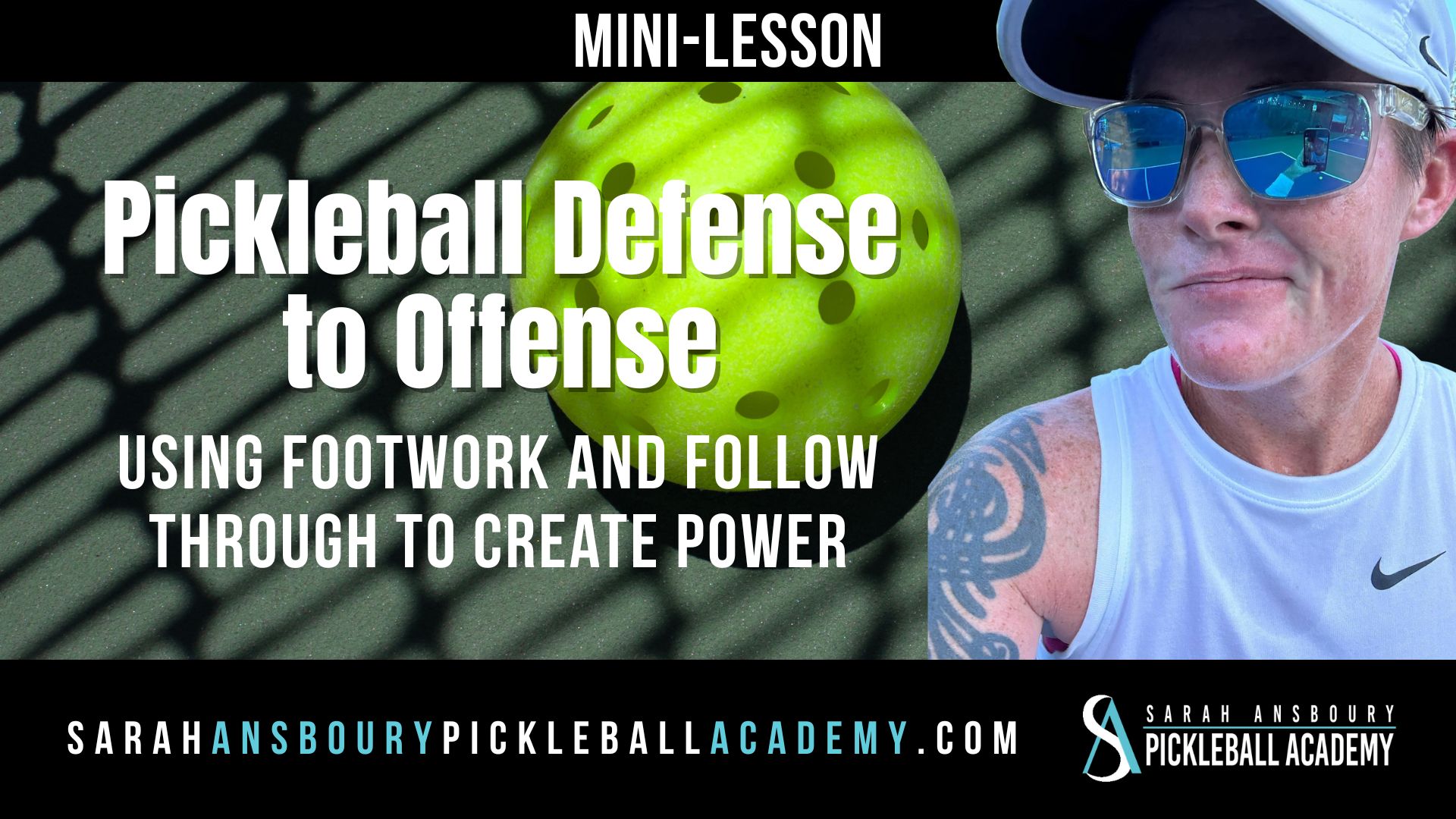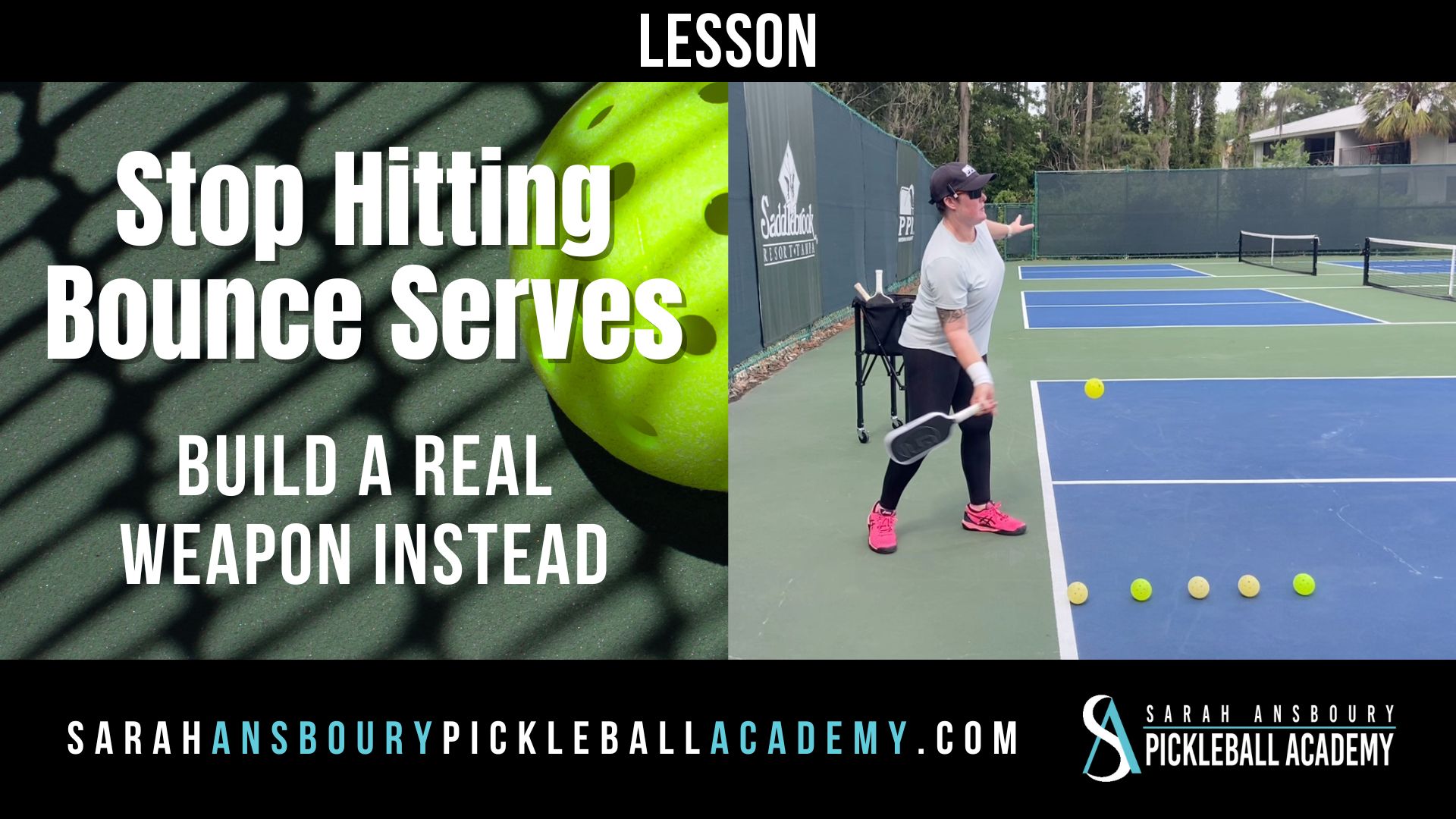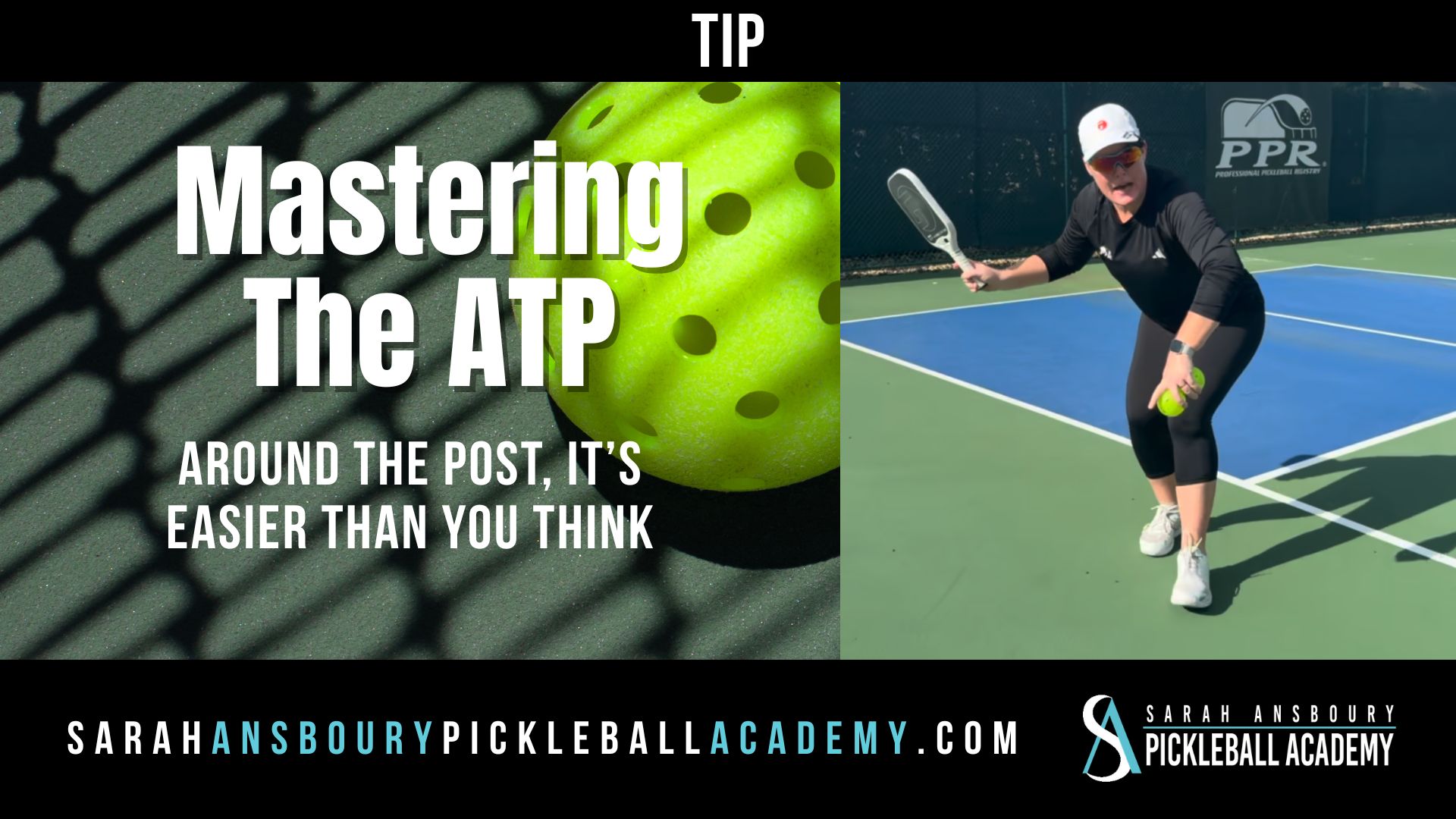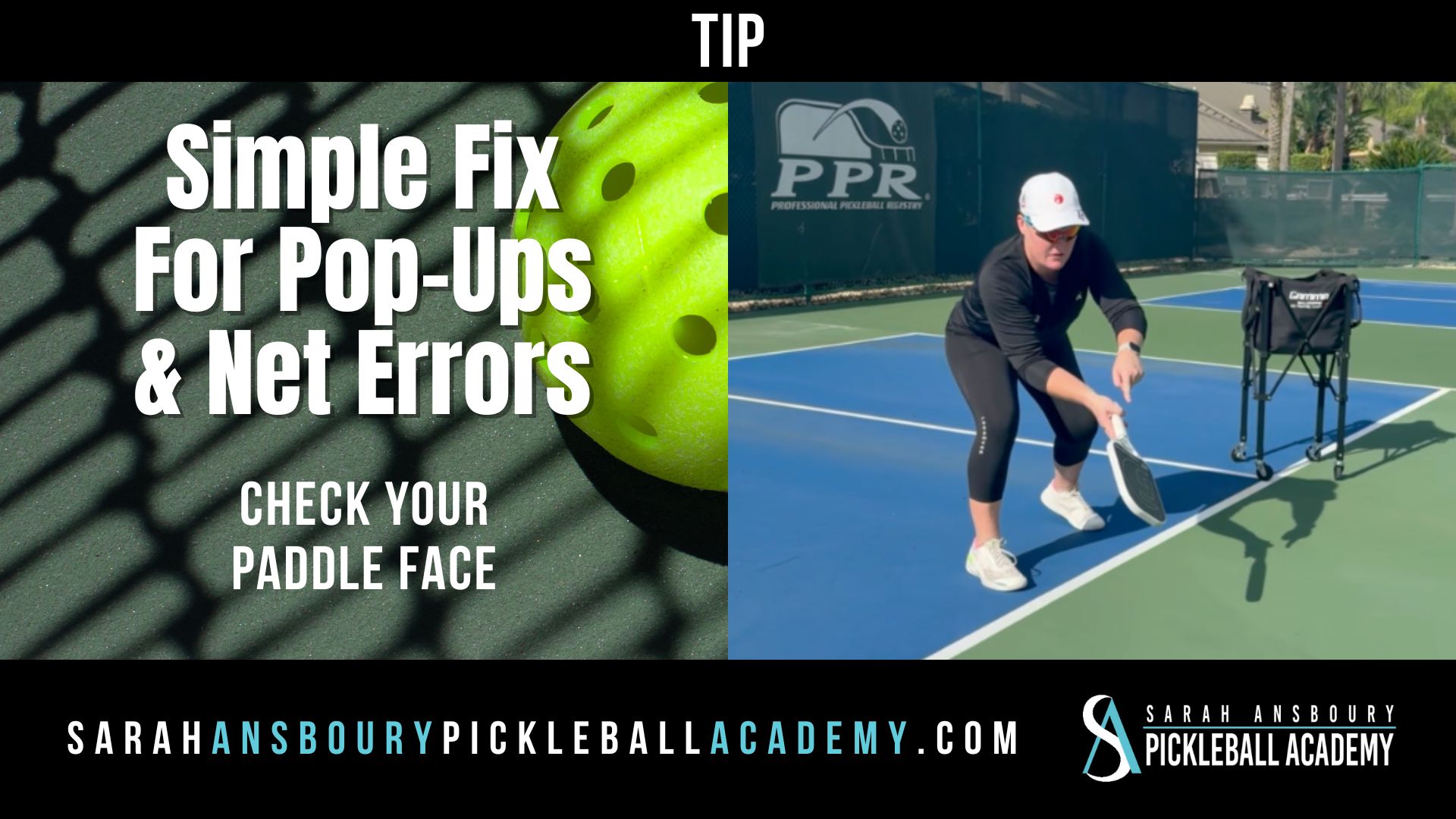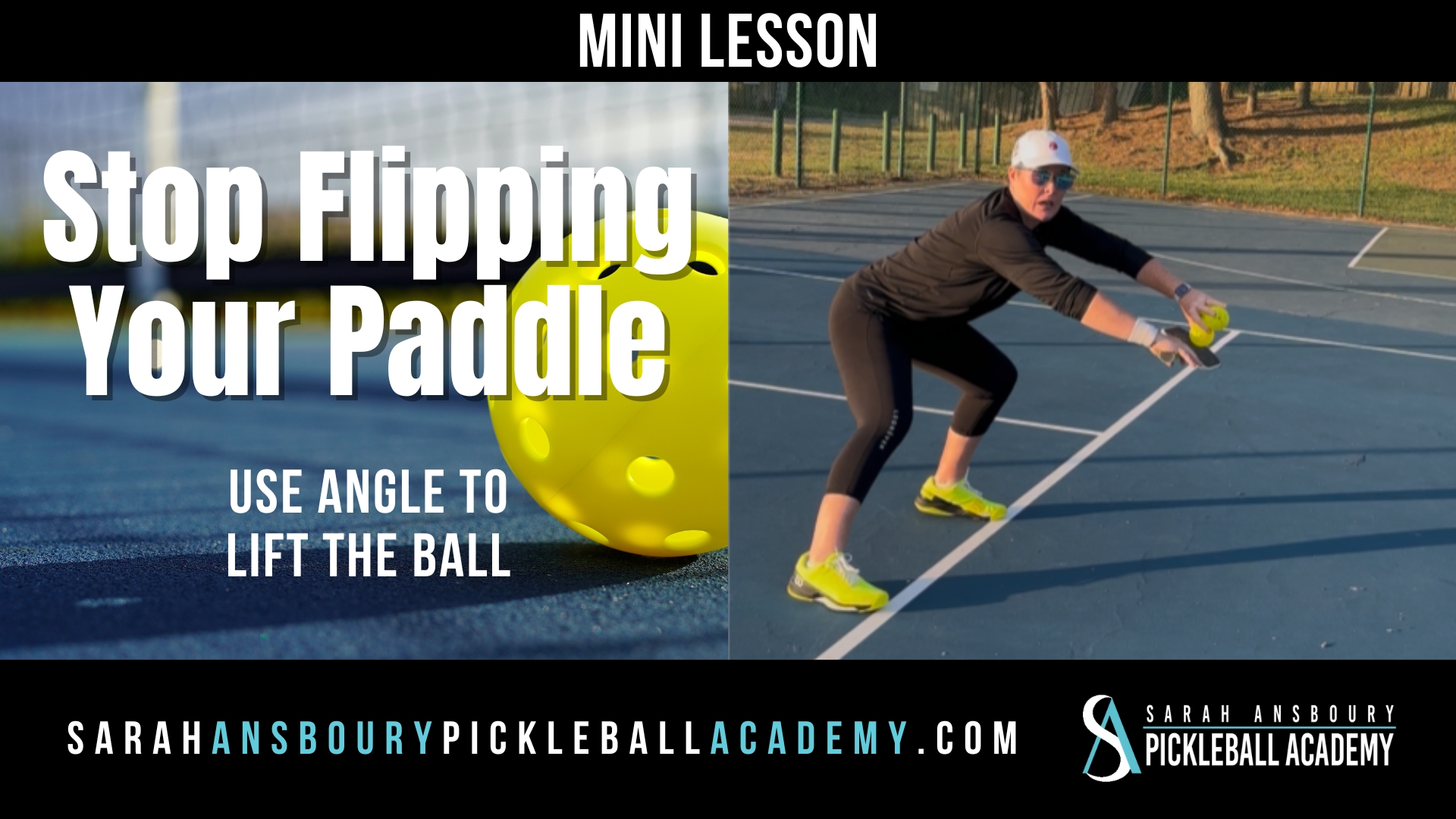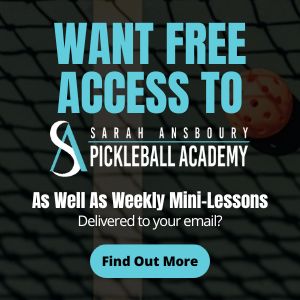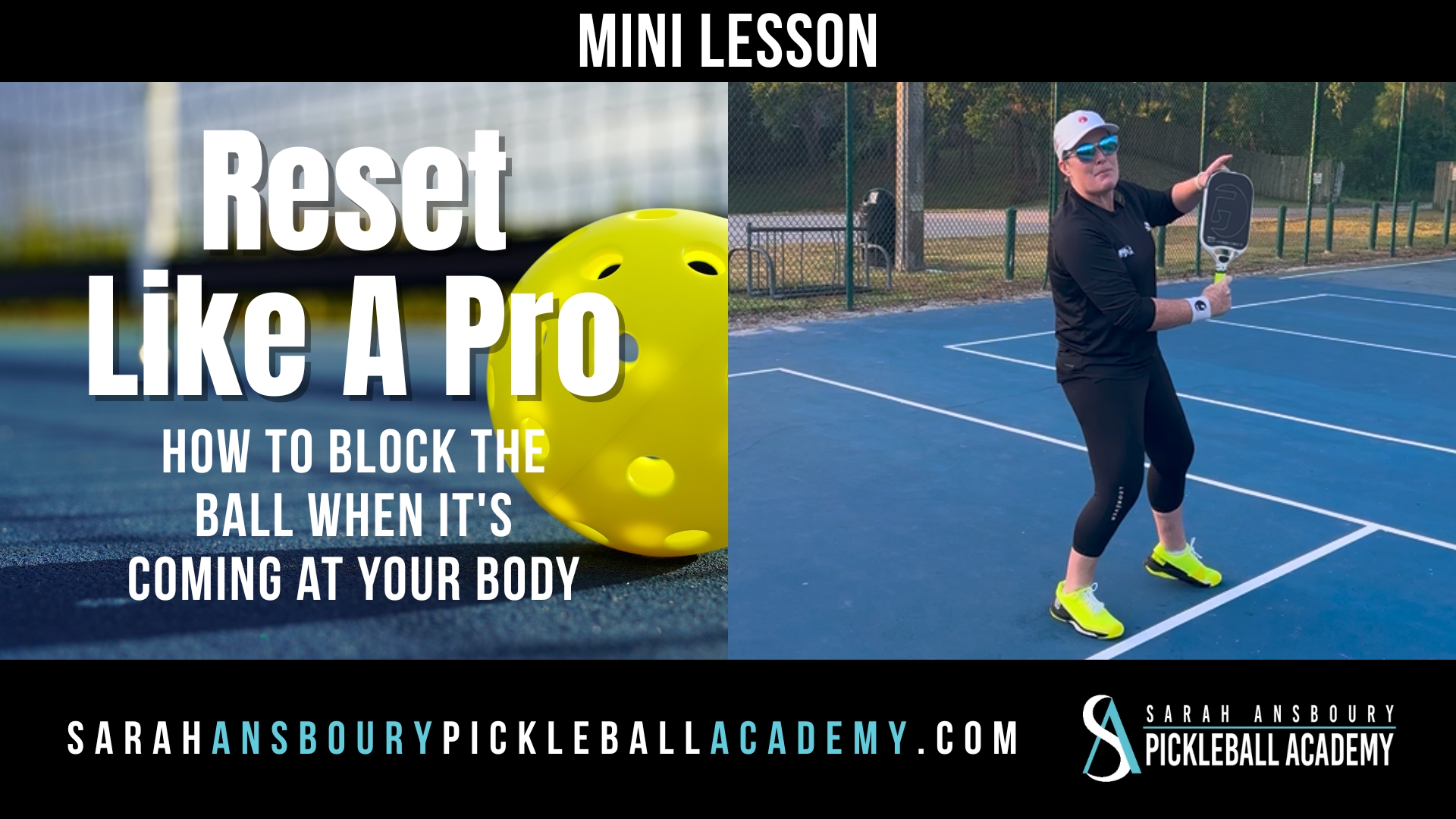I have found the many players have difficulty learning how to develop a successful pickleball strategy in a match. There is a tendency to just keep dinking without purpose or to get bored and try to create something out of nothing. Today we discuss the basics of creating a pickleball strategy.

Whether you play with someone regularly or are with a new partner, it is important to create a plan for every match. In both cases, talk about your respective strengths and weaknesses. Talk about how you might work around those weaknesses. Also, talk about each of your strengths and how you might set up your partner to succeed. For example, if I have someone with a really strong forehand I want to find ways to get them that shot. I would want to encourage them to poach when an opportunity is created. And I would be trying to create that opportunity.
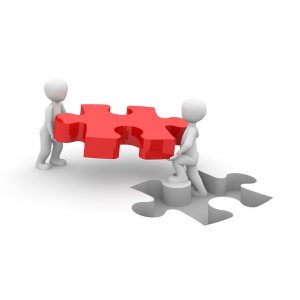 The other day I heard someone say, “I don’t like when someone poaches my ball.” I then asked what kinds of balls are being poached? Are they taking a ball way out of position and not doing anything with it? Are they not recovering to their own spots? Are they being too greedy? OR is your ego getting in the way because you want the ball?
The other day I heard someone say, “I don’t like when someone poaches my ball.” I then asked what kinds of balls are being poached? Are they taking a ball way out of position and not doing anything with it? Are they not recovering to their own spots? Are they being too greedy? OR is your ego getting in the way because you want the ball?Testing things Out
Have you ever played against a team that you felt pretty even with and then the match rapidly went south? One thing more advanced players do effectively is to feel out the other team. They might begin by focusing as much as possible on just one opponent. Think about how difficult it feels when two people are ganging up on you. They are analyzing that player’s strengths and weaknesses. If they have success, they may continue this. If not, they might redirect all their focus to the other player, again looking to learn as much about his or her tendencies as they can.
They may try to determine if their opponent has an “enforcer” and if so, do they prefer that role on a particular side of the court. Perhaps both players are the enforcers. They work to determine the strength and weaknesses of their opponent and make sure they communicate that to their partner.
It might be as simple as:
- We are having difficulty returning Player A’s return of serve, so let’s try to return to Player B;
- Backhands are in the middle;
- When you are cross court from Player B she has difficulty with your great cross court dinks;
- They seem to like pace, let’s try to slow it down.
Squirrels, Waiting and Creating
 While it may be necessary to change your strategy, some teams go into what I like to call “squirrel” mode. They get so distracted by something that they start creating new strategies in the middle of a point. That results in sudden changes in direction and one partner not sure of what the other is doing.
While it may be necessary to change your strategy, some teams go into what I like to call “squirrel” mode. They get so distracted by something that they start creating new strategies in the middle of a point. That results in sudden changes in direction and one partner not sure of what the other is doing.
